Libertia Grandiflora Companion Plants: The Best Plants To Grow With This Tropical Beauty
Title: Libertia Grandiflora Companion Plants: The Best Plants to Grow with This Tropical Beauty
Introduction:
Libertia grandiflora is a beautiful perennial plant that is native to New Zealand. It is known for its striking white flowers, which bloom in mid-summer. Libertia grandiflora is a versatile plant that can be grown in a variety of settings, including borders, rock gardens, and containers.
One of the best things about Libertia grandiflora is that it is easy to care for. It is drought-tolerant and does not require a lot of fertilizer. However, Libertia grandiflora does appreciate full sun, so it is important to plant it in a spot that gets plenty of sunlight.
If you are looking for companion plants for Libertia grandiflora, there are a few things to keep in mind. First, you want to choose plants that have similar growing conditions. Libertia grandiflora prefers full sun and well-drained soil. Second, you want to choose plants that will complement the look of Libertia grandiflora. Libertia grandiflora has white flowers and grass-like foliage, so you want to choose plants that will add color and texture to your garden.
Here are a few of the best companion plants for Libertia grandiflora:
- Canna lilies: Canna lilies are a great choice for companion plants because they have similar growing conditions to Libertia grandiflora. They also come in a variety of colors, so you can choose ones that will complement the white flowers of Libertia grandiflora.
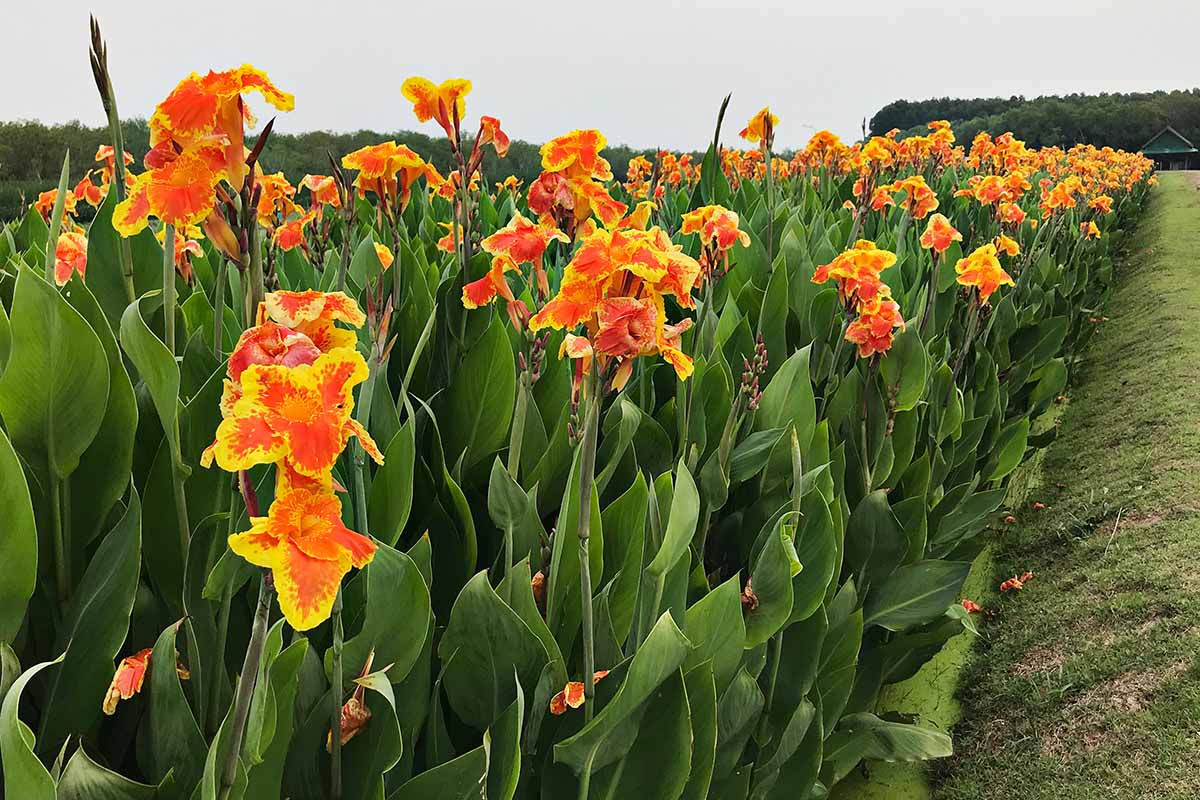
- Coleus: Coleus is another great choice for companion plants because it is a colorful plant that will add a lot of interest to your garden. Coleus comes in a variety of colors, including red, orange, yellow, and green.
- Hibiscus: Hibiscus is a tropical plant that is known for its large, colorful flowers. It is a great choice for companion plants because it will add a tropical touch to your garden.

- Pennisetum: Pennisetum is a grass-like plant that is known for its feathery plumes. It is a great choice for companion plants because it will add height and texture to your garden.
- Zinnia: Zinnia is a colorful annual plant that is easy to grow. It is a great choice for companion plants because it will add a lot of color to your garden.
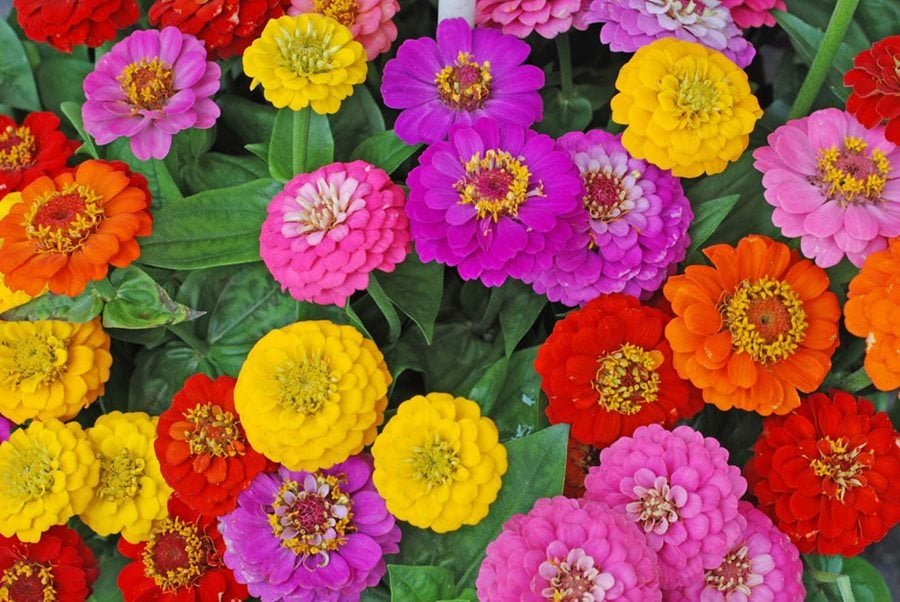
These are just a few of the many companion plants that you can choose for Libertia grandiflora. With a little bit of planning, you can create a beautiful and colorful garden that features Libertia grandiflora as the star of the show.
Conclusion:
Libertia grandiflora is a beautiful and easy-to-care-for perennial plant that can be grown in a variety of settings. When choosing companion plants for Libertia grandiflora, it is important to choose plants that have similar growing conditions and that will complement the look of Libertia grandiflora. Some of the best companion plants for Libertia grandiflora include Canna lilies, Coleus, Hibiscus, Pennisetum, and Zinnia.
With a little bit of planning, you can create a beautiful and colorful garden that features Libertia grandiflora as the star of the show.
Libertia grandiflora is a striking perennial that can be grown in a variety of settings. It is particularly well-suited for prairie-style gardens or gravel gardens, where its airy habit can be highlighted. When choosing companion plants for Libertia grandiflora, it is important to consider the plant's needs for sunlight, water, and soil type. Some good companion plants for Libertia grandiflora include:
- Ceratostigma willmontianum (autumn joy)
- Choisya Aztec Pearl
- Viburnum x juddii
- Bergenia
- Ajuga
- Geranium Rozanne
For more information about Libertia grandiflora companion plants, please visit Home Gardening.
FAQ of libertia grandiflora companion plants
- What are some good companion plants for Libertia grandiflora?
Libertia grandiflora is a beautiful, hardy perennial that can add a touch of tropical flair to any garden. It is tolerant of a wide range of conditions, but it does best in full sun and well-drained soil. When choosing companion plants for Libertia grandiflora, it is important to consider the plant's needs and the overall look you are trying to achieve. Some good companion plants include:
Ceratostigma willmontianum (autumn joy) - This plant has attractive blue-green leaves that turn brilliant red in the fall. It is tolerant of full sun and partial shade, and it is drought-tolerant.
Choisya Aztec Pearl - This shrub has fragrant white flowers and glossy green leaves. It is tolerant of full sun and partial shade, and it is drought-tolerant.
Viburnum x juddii (Judd viburnum) - This shrub has white flowers and red-purple foliage. It is tolerant of full sun and partial shade, and it is drought-tolerant.
Bergenia - This herbaceous perennial has attractive heart-shaped leaves and pink or white flowers. It is tolerant of full sun and partial shade, and it is drought-tolerant.
Ajuga - This groundcover plant has blue or purple flowers and attractive foliage. It is tolerant of full sun and partial shade, and it is drought-tolerant.
Geranium Rozanne - This perennial has blue flowers and attractive foliage. It is tolerant of full sun and partial shade, and it is drought-tolerant.
What are the benefits of planting Libertia grandiflora with companion plants?
There are several benefits to planting Libertia grandiflora with companion plants. Companion plants can help to:
- Attract pollinators. Libertia grandiflora is a nectar-rich plant that attracts bees, butterflies, and other pollinators. Companion plants that also attract pollinators can help to increase the number of pollinators in your garden, which is beneficial for both the plants and the environment.
- Suppress weeds. Some companion plants, such as Ajuga and Geranium Rozanne, can help to suppress weeds. This is because they grow low to the ground and their leaves help to shade out the soil, making it difficult for weeds to germinate.
- Improve the soil. Some companion plants, such as Ceratostigma willmontianum and Bergenia, can help to improve the soil. This is because they release nutrients into the soil as they decompose.
- Provide structure and interest. Companion plants can help to provide structure and interest to a garden. For example, a tall shrub like Viburnum x juddii can be used to provide height, while a groundcover plant like Ajuga can be used to fill in the space between other plants.
Image of libertia grandiflora companion plants
- Agapanthus. Agapanthus are tall, herbaceous perennials with blue, white, or pink flowers. They are drought-tolerant and can tolerate full sun.
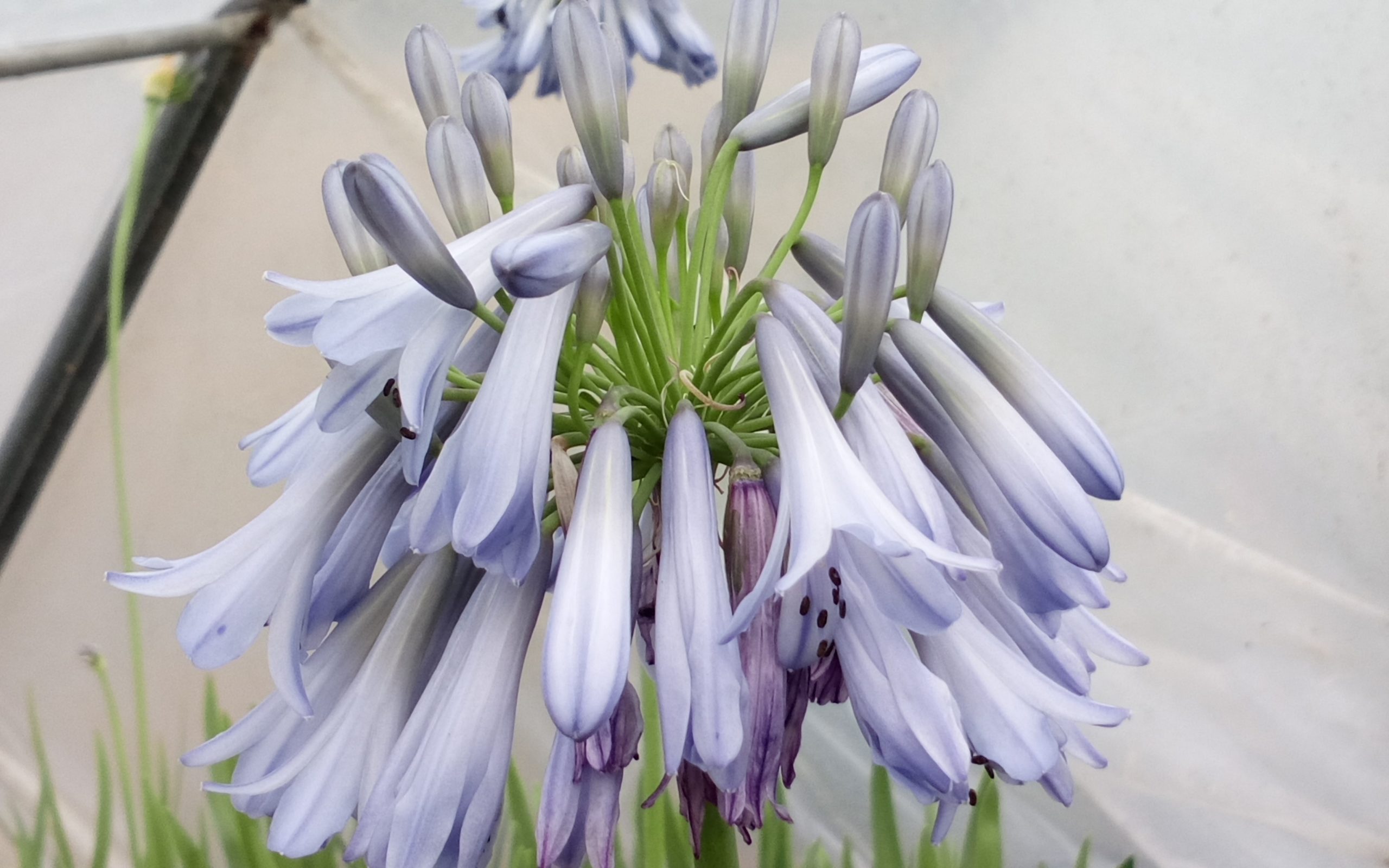
- Crocosmia. Crocosmia are cormous plants with orange, yellow, or red flowers. They are sun-loving and require well-drained soil.
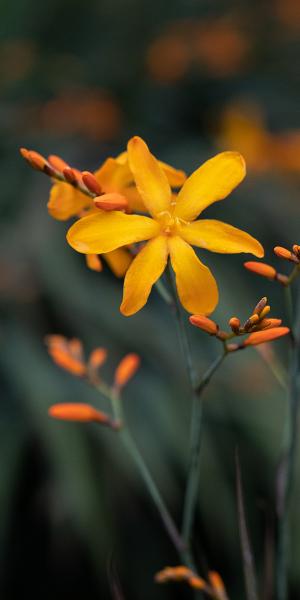
- Hemerocallis. Hemerocallis, also known as daylilies, are herbaceous perennials with showy flowers that bloom for a long period of time. They are tolerant of a wide range of conditions, including full sun and partial shade.

- Kniphofia. Kniphofia, also known as red hot pokers, are tall, spiky-leaved plants with orange, red, or yellow flowers. They are sun-loving and require well-drained soil.
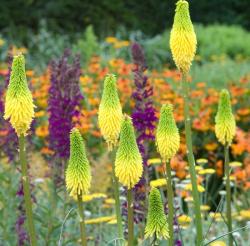
- Liriope. Liriope are evergreen perennials with grass-like leaves and blue or white flowers. They are tolerant of a wide range of conditions, including full sun and partial shade.

- Pachysandra terminalis. Pachysandra terminalis is an evergreen groundcover plant with dark green leaves. It is tolerant of shade and can be used to fill in areas under trees or shrubs.
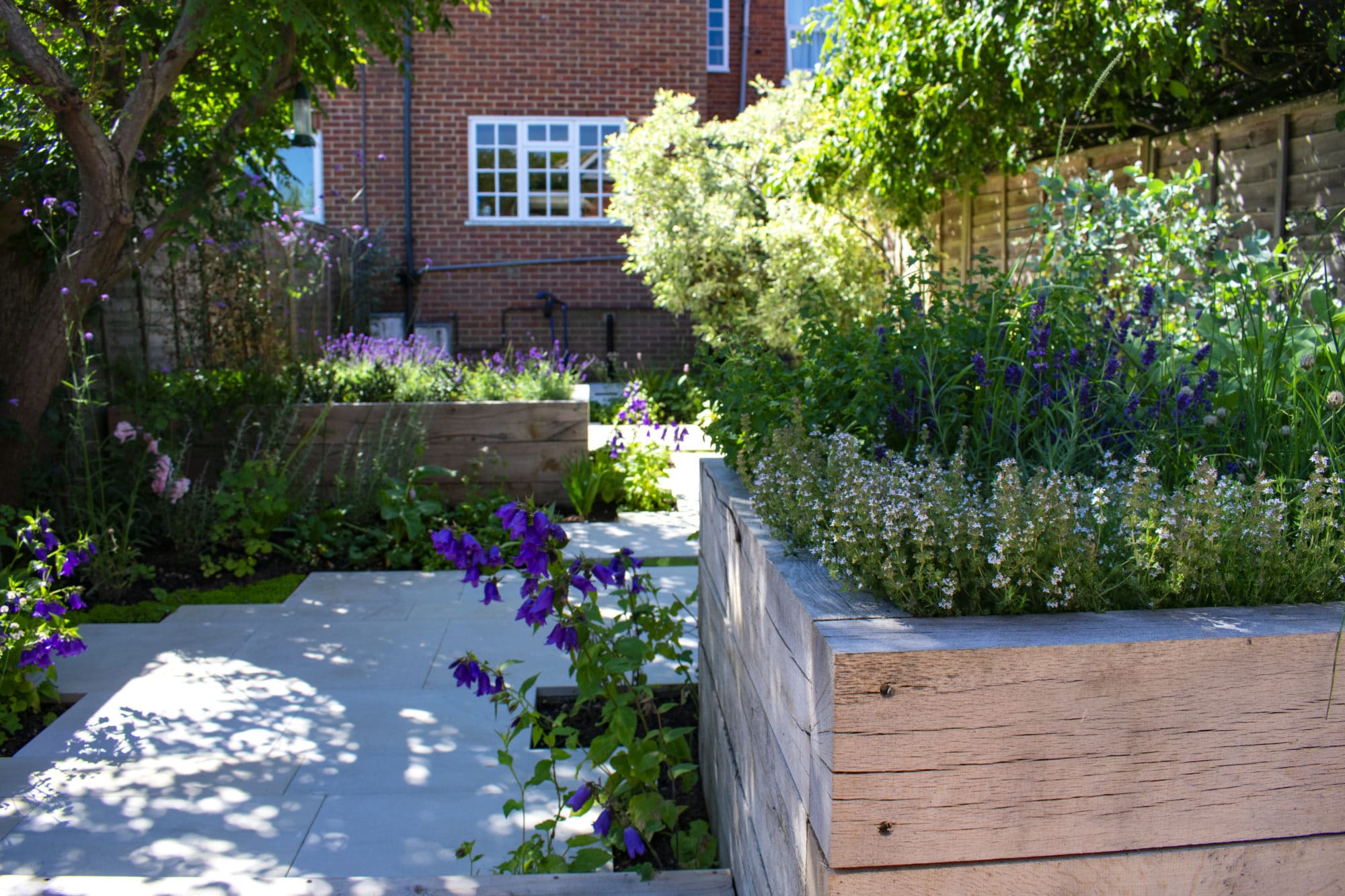
- Salvia. Salvias are herbaceous perennials with showy flowers that come in a variety of colors. They are sun-loving and require well-drained soil.

- Sedum. Sedums are succulent plants with fleshy leaves. They are tolerant of a wide range of conditions, including full sun and drought.

- Verbena. Verbenas are annual or perennial plants with showy flowers that come in a variety of colors. They are sun-loving and require well-drained soil.
- Zinnia. Zinnias are annual plants with brightly colored flowers. They are sun-loving and require well-drained soil.
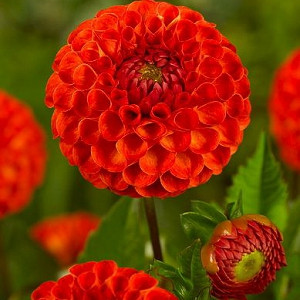

Post a Comment for "Libertia Grandiflora Companion Plants: The Best Plants To Grow With This Tropical Beauty"